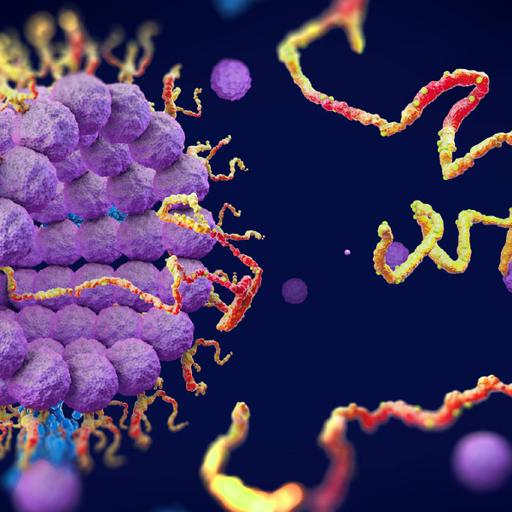Structure and Function of Biomolecules
Presentations | English
Don't you know the Functioning and Structure of Biomolecules? Well, A biomolecule is a chemical compound found in living organisms. These include chemicals that are composed of mainly carbon, hydrogen, oxygen, nitrogen, sulphur, and phosphorus. Biomolecules are the building blocks of life and perform important functions in living organisms. Biomolecules have a wide range of sizes and structures and perform a vast array of functions. The four major types of biomolecules are carbohydrates, lipids, nucleic acids, and proteins. Carbohydrates provide energy, store energy, build macromolecules, and spare protein and fat for other uses. Glucose energy is stored as glycogen. Lipids are energy-storage molecules and chemical messengers. Nucleic acids store and transmit hereditary information. Proteins are required for the structure, function, and regulation of the body's tissues and organs. Biomolecules are all biological materials exclusive of cells and structural proteins when they are used as the “natural biomaterials” themselves. Biomolecules include proteins, lipids, etc., and can serve various functions like providing structural integrity to the tissue-engineered constructs.

6.25
Lumens
PPTX (25 Slides)
Structure and Function of Biomolecules
Presentations | English
